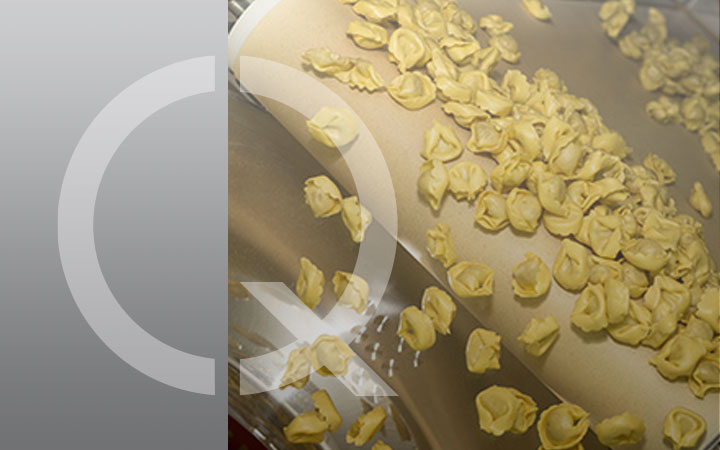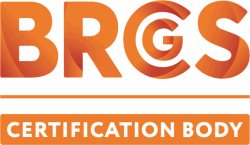
WHAT IS THAT
The BRC Global Standard for Food Safety was born in 1998 to ensure that branded products are obtained according to well-defined quality standards and in compliance with minimum requirements.
It can be compared to a contract linking qualified suppliers to the distribution company .
It is one of the food safety standards recognized by the Global Food Safety Initiative (GFSI) , an international initiative whose main purpose is to strengthen and promote food safety along the entire supply chain.
Recently, the GFSI has managed to get some international retailers (including Carrefour, Tesco, Metro, Migros, etc.) to accept the concept of equal validity and interchangeability between the standards recognized by the GFSI itself, thus making it possible to reduce the duplication of attestations of conformity with completely similar standards.
The application of the BRCGS is therefore a necessary prerequisite for being able to export one's products, and it is a recognized guarantee instrument regarding the company's reliability.
The standard was developed by:
- British Retail Consortium, representing major UK retailers such as Tesco Stores, Sainsbury's Supermarket, ASDA Stores, etc.
- UKAS (United Kingdom Accreditation Service), British national accreditation body, and recognized by it.
CSQA is Accredia accredited for BRC Global Standard for Food Safety certification.

KEY POINTS
The standard applies to food processing and preparation companies and identifies the specific elements of a management system focused on the quality and hygienic-sanitary safety of products, which takes the HACCP methodology as a reference for planning and implementation.
The main elements are:
- adoption of good reference practices ;
- adoption of a HACCP system;
- adoption of a documented quality management system ;
- control of standards for work environments, for the product, for the process and for the personnel ;
- existence of appropriate specifications for:
- raw materials (including packaging materials),
- finished product, intermediate/semi-finished products (where required),
- supplier monitoring,
- site positioning,
- the accumulation, collection and disposal of waste material,
- standards of hygiene and organization for staff,
- process control.
ADVANTAGES
The key advantage is being able to broaden your customer base . The international recognition of this Standard, in fact, allows us to respond to the needs of customers from all over the Anglo-Saxon world.For companies that already apply a quality management system according to ISO 9001 or use the HACCP methodology, compliance with these standards is very easy, with the possibility of exploiting the synergies and common elements between the different schemes .
All this translates into a reduction in the time and costs required for the various inspections.